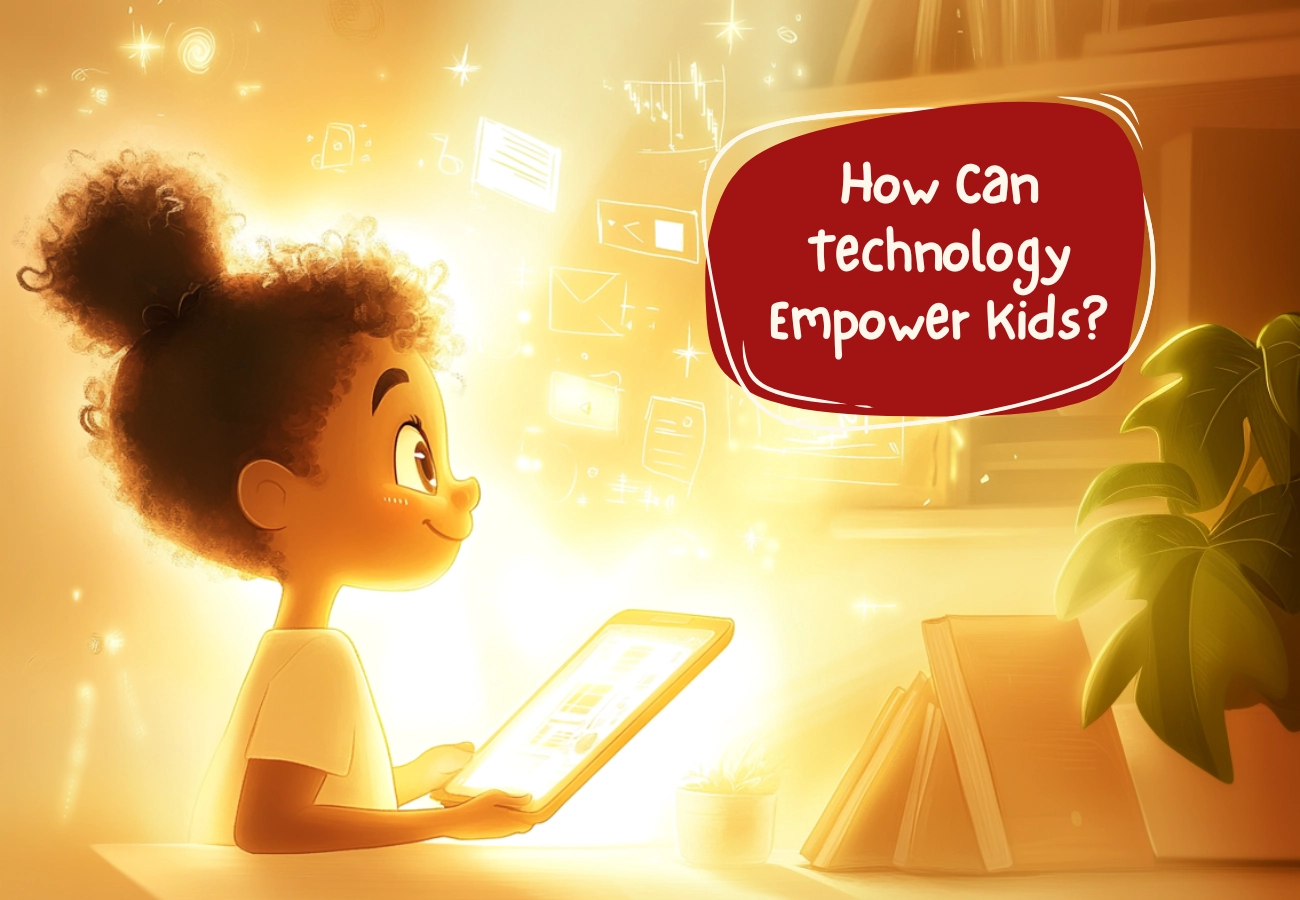Coloring for Kids: A Relaxing Activity to Reduce Stress

Stress causes lots of problems to adults, not to say children, who are extremely subjected to the negative consequences of life difficulties. Kids do not know how to deal with it. Plus, children cannot realize the very fact they`re experiencing stress because it’s abstract. But that invisible enemy can be the cause of mental and health problems in your kids.
According to Statista, almost 26% of children aged 3-17 were provided with mental health services. And the seat of the trouble is in early childhood.
Benefits of Coloring for Kids
Most people think that coloring is child’s play. But a lot of adults having taken off formal suits and hosted dozens of meetings start coloring stress coloring pages in the evening. And that helps them, providing therapeutic effects. Coloring is also a great tool to develop child’s imagination and creativity.
For kids, coloring therapy not only relaxes but also makes it easy to cope with emotions and shift attention. In this article, we will explore what coloring does for the brain and how it helps kids to calm down. Also, we will talk about its positive influence on kids` mental health.
Cognitive Benefits of Coloring
When we do monotonous work, our brain has time to process some information. Just remember having your head in the clouds when washing dishes or walking in the park. When our body is working, our brain is resting. Similar things happen to kids when they get busy with coloring.
Their attention shifts to a painting , so no other thoughts disturb them anymore. And if they have some negative ones, they are temporarily moved to the background. The mind calms down and has time to restore the ability to think more clearly. Strong emotions are also processed and replaced by more moderate ones.
Such a state of mind gives kids the possibility to get rid of the stress they’ve experienced and feel new sensations.
Now that they’re busy coloring a book, their mind is recharging with positive energy. One can compare it to fuel. As long as a kid has enough positive thoughts, he’s able to control his emotional state, think more rationally, and cope with temper tantrums.
Among other benefits of coloring one can state mindfulness. While coloring, children get fully concentrated on the very process. Both their minds and bodies work together on one task. No other thoughts disturb them. And that’s how the state of mindfulness is being created.
You can use coloring for anxiety, anger, sadness prevention, etc.
Coloring Helps Express Emotions
Among facts about coloring, one should point out its creative side. Some people have an exciting inner world but are afraid to reveal it. Still, they have a constant need to express themselves. And art is the very option for them.
The same can be said about kids and coloring books. For some of them, it’s a nice opportunity to unleash creativity and work on a piece of art. You may doubt what is common between art and coloring since the last is only about painting on the allocated lines. Yet there are many ways to express your thoughts and mood. The first one is in color. By choosing the shade of color, kids reveal their emotions.
- If children are experiencing stress or strong emotions, they tend to prefer more saturated hues. It may also say a lot about their character: strong, stubborn, or independent.
- Kids who choose a more pastel hue might be less self-assured. So, you have to pay attention to their socializing. There`s a risk they are having issues with self-expression. But calm shades can also be a sign of a kind, peaceful person, not some psychological issues.
Whatever it is, kids unconsciously reveal their inner feelings on paper, and that’s good for their mental well-being.
Depending on the level of stress they undergo, kids may color the coloring pages more or less intensively. And that also reflects the inner experiences.
Coloring can also be a means to share positive emotions. They as well as negative ones should also take the form of expression. Otherwise, a kid may become too overwhelmed with them.

Coloring is a Relaxing Activity
Adults often draw doodles when having an important phone call. But that doesn’t mean they are careless or relaxed. Vice versa, drawing helps them to calm down and express the anxiety they experience. The same happens to children. Coloring makes them more relaxed, adsorbing the negative sensations and making space for moderate or pleasant emotions.
Still, coloring requires thinking processes, but now the brain is more focused on art than everyday problems. A more pleasant, creative task becomes the dominant one.
Resolving the problems we like makes us feel happier. Even after being a little bit tired one still feels satisfaction. Coloring works the same way. Kids have a creative task and, of course, they can finish it. Working on the very process and its final result satisfies them, and, thus, provides relaxation.
Benefits of coloring include those connected to the management of
- Stress;
- Anxiety;
- Anger;
- Irritation;
- Tiredness;
- Sadness, etc.
You can offer your little one to color some pages as a stress relief coloring. Let him take pencils in his hand when
- there was a hard day;
- he’s experienced some stress (e.g. after an appointment at a dentist)
- there was a temper tantrum;
- a kid has experienced fear;
- he’s too excited;
- there is a need to calm his emotions (e.g. before a long journey);
- to keep him busy (e.g. on his way somewhere).
You can apply coloring therapy even when there`s no special need for it. It`ll never cause any harm to a child. Also, it’d be better to help a kid make coloring his hobby. They will always experience something pleasant.
You may provide him with an example of getting busy with coloring relaxation. Most likely the child will follow you and start his own coloring experience.
You should take into account your little one’s desires. If you buy him coloring books with pictures he dislikes, there`ll be no relaxing effect. The main aim here is to make everything bring pleasure to your little one. To reach a therapeutic effect make sure your kid likes:
- painting media;
- picture;
- the general atmosphere he’s surrounded by.
By the way, parents should give their kids a calm space to paint. Otherwise, he’ll be disturbed by the bustle or worse, the negative family environment.
Conclusion
Coloring is a fun activity so popular among kids. But besides being a nice option for time spending, it also provides numerous benefits for mental health. It stimulates positive emotions and prevents depression states, providing kids with a boost of energy. By using coloring for anxiety therapy, one develops healthy coping strategies so needed in modern life. And, what’s most beautiful, kids like painting. So you don’t need much effort to get them busy for half an hour with an interesting and exciting activity.
Our thoughts can cause different emotions, and there’s no pill to get rid of them. But coloring can be the very tool to make our mind calm down and don’t disturb us with intrusive anxious thoughts.
More articles

Helping Kids Who Struggle to Sit Still and Stay Calm
Some children move through the world with nonstop energy that rarely seems to slow down. They bounce, fidget, tap their feet, or speak out when quiet is expected. These behaviors can feel overwhelming for parents, teachers, and caregivers trying to create calm. Is the child being defiant or simply overstimulated? Are they anxious, under-challenged, or […]

Teaching Kids to Celebrate Differences Through Books
Why Books Matter in Teaching Kids About Differences Teaching kids to celebrate differences through books is one of the most effective and natural ways to build a more inclusive future. Stories have long served as windows into other lives, cultures, and perspectives. When children read books that highlight diversity, inclusion, and empathy, they begin to […]

How Technology Can Empower Your Kids to Learn, Grow, and Thrive
Technology often gets a bad rap when it comes to its effects on children, including issues related to screen time, cyberbullying, and online distractions. While these concerns are valid, these misconceptions should not overshadow its incredible potential to enhance education, creativity and well-being for your child when used responsibly and mindfully. When used appropriately, technology […]



